Connecting rod ultrasonic cleaner – main cleaning process
Browse Volume:893 Classify:Support
Nowadays, ultrasonic technology, as a new technology, has been gradually recognized and mastered by people. Ultrasonic technology has also been applied to various equipment to produce various ultrasonic cleaners. It has been effectively applied in automobile, machinery, jewelry, glasses cleanig and other industries. The connecting rod ultrasonic cleaning machine is applied to the connecting rod industry.
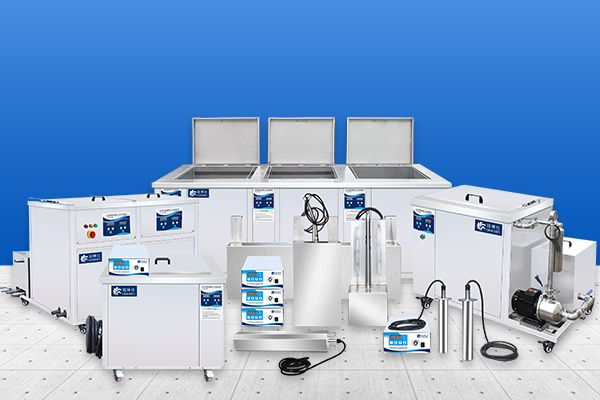
Ultrasonic Cleaner
\What is an ultrasonic cleaner
The ultrasonic wave propagates in the liquid, making the liquid and the cleaning tank vibrate together at the ultrasonic frequency. When the liquid and the cleaning tank vibrate, they have their own natural frequency. This vibration frequency is the acoustic frequency, so people can hear the buzz. The ultrasonic cleaning tank is made of SUS304L δ It is made of 2.0mm stainless steel plate, and the working surface is plated with hard chromium, effectively extending the service life of ultrasonic. It is welded by argon arc welding, without deformation, leakage and burr. The tank body is provided with slag discharge access hole, thermal insulation and sound insulation layer, etc. The conveying mode and control mode of the ultrasonic cleaning machine are determined according to the shape, volume and batch of the workpiece to be cleaned. Typical conveying methods include: catenary, mesh belt, double chain, stepping, electric hoist, self hoist, roller, turntable, gantry, manipulator, basket, pusher, etc.
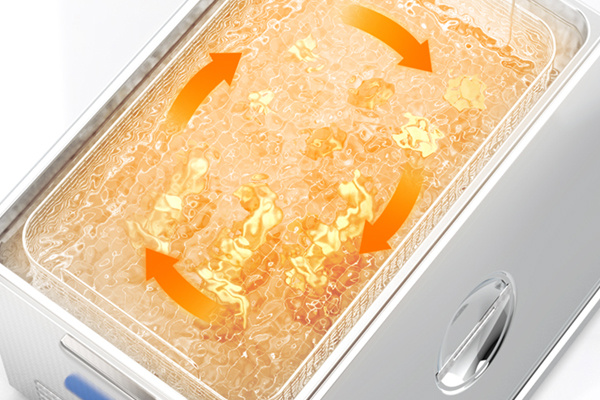
Ultrasonic Cleaner Heating
Main cleaning process
1. Hot dip washing or spray washing: the purpose is to soften, separate and dissolve the pollutants on the workpiece, and reduce the load of the next cleaning process.
2. Ultrasonic cleaning: use the strong cavitation and vibration generated by ultrasonic to peel off the dirt on the workpiece surface, and also decompose and emulsify greasy dirt.
3. Cold rinsing: use the flowing clean water to wash the dirt that has fallen off but is still floating on the surface of the workpiece.
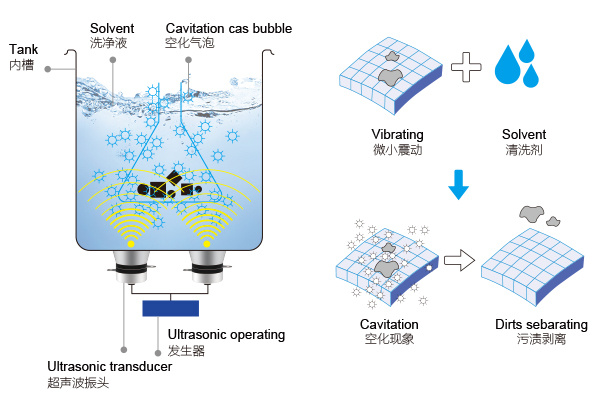
Ultrasonic cleaner cleaning process
4. Ultrasonic rinsing: the solvent is clean water. After the workpiece is immersed, the dirt floating on the edges, corners and pores of the workpiece is cleaned by ultrasonic.
5. Hot and cold water rinsing: further remove dirt particles suspended on the surface of the workpiece.
6. Hot air drying: use a certain temperature and wind speed to dry the surface of parts quickly.
In the past, in the connecting rod industry, the connecting rod needs to be cleaned manually by spraying, which is not only time-consuming, costly, inefficient, but also difficult to clean. Now, with the ultrasonic cleaner of connecting rod, this problem can be easily solved, and the greasy dirt on the surface of the workpiece can be cleaned, so as to quickly achieve the treatment of high cleanliness.
 GranboSonic
GranboSonic





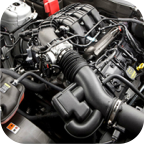
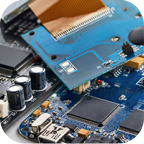


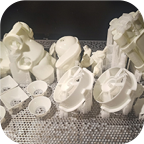
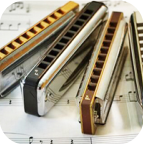
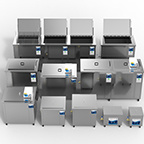




Hello!